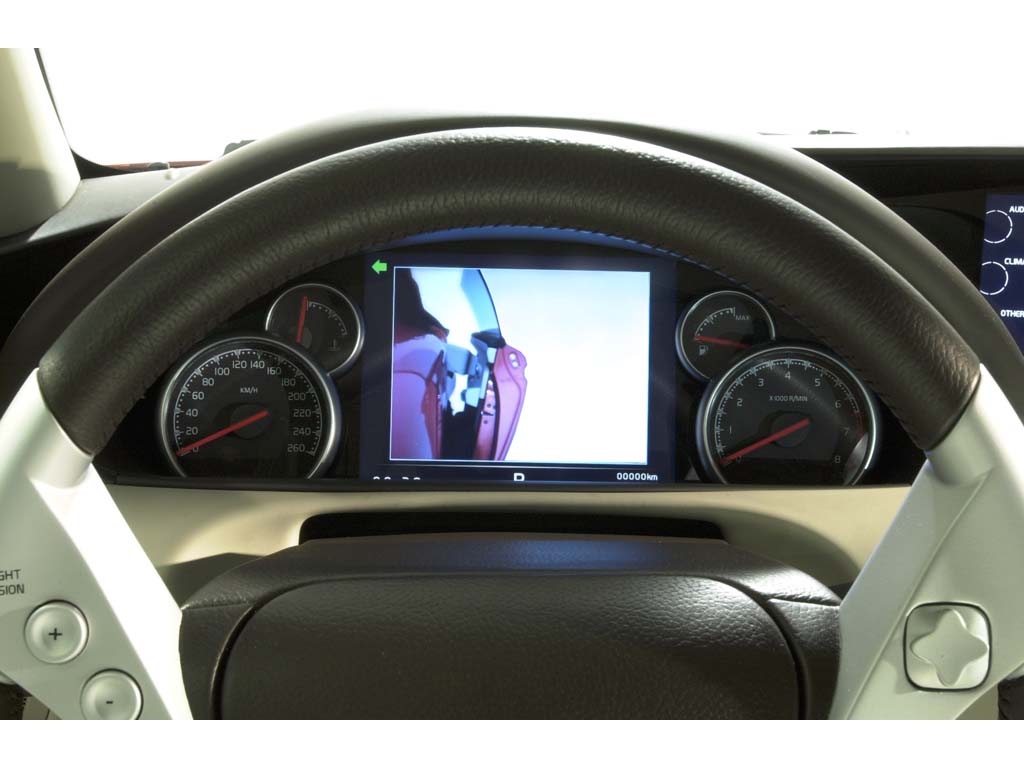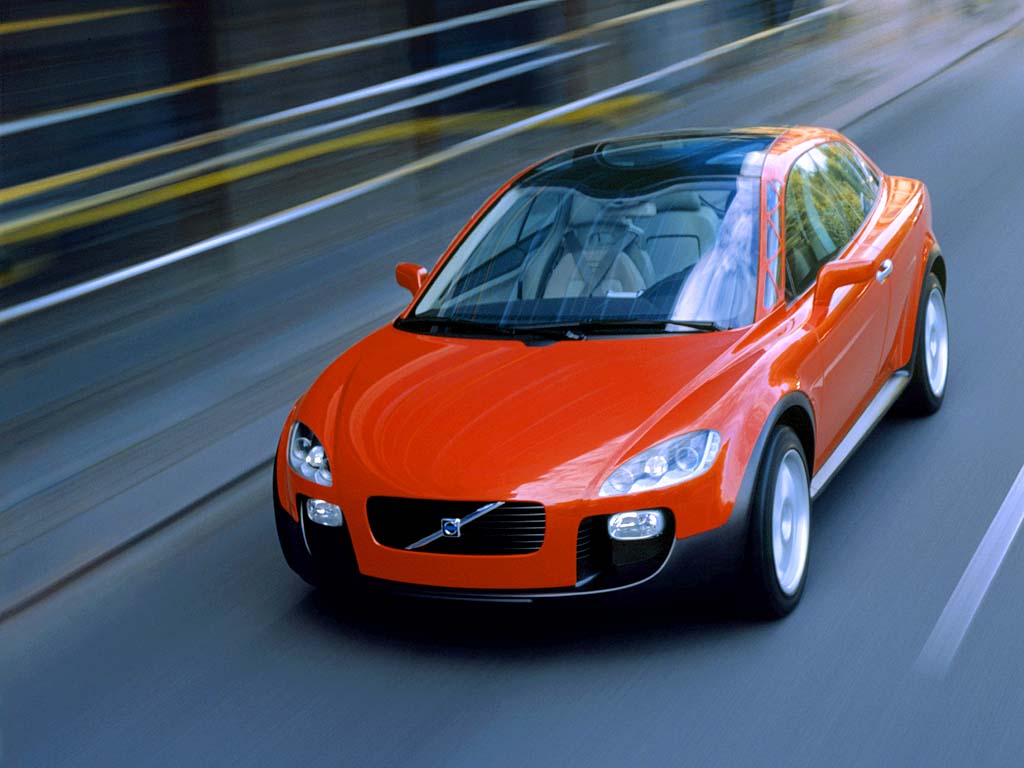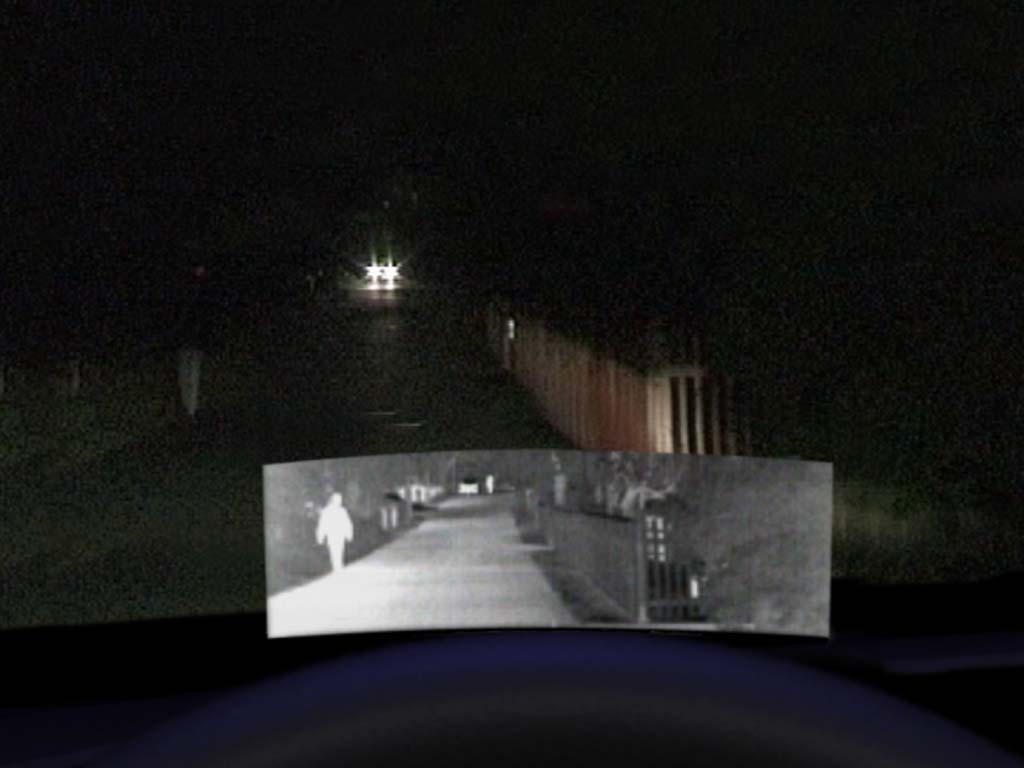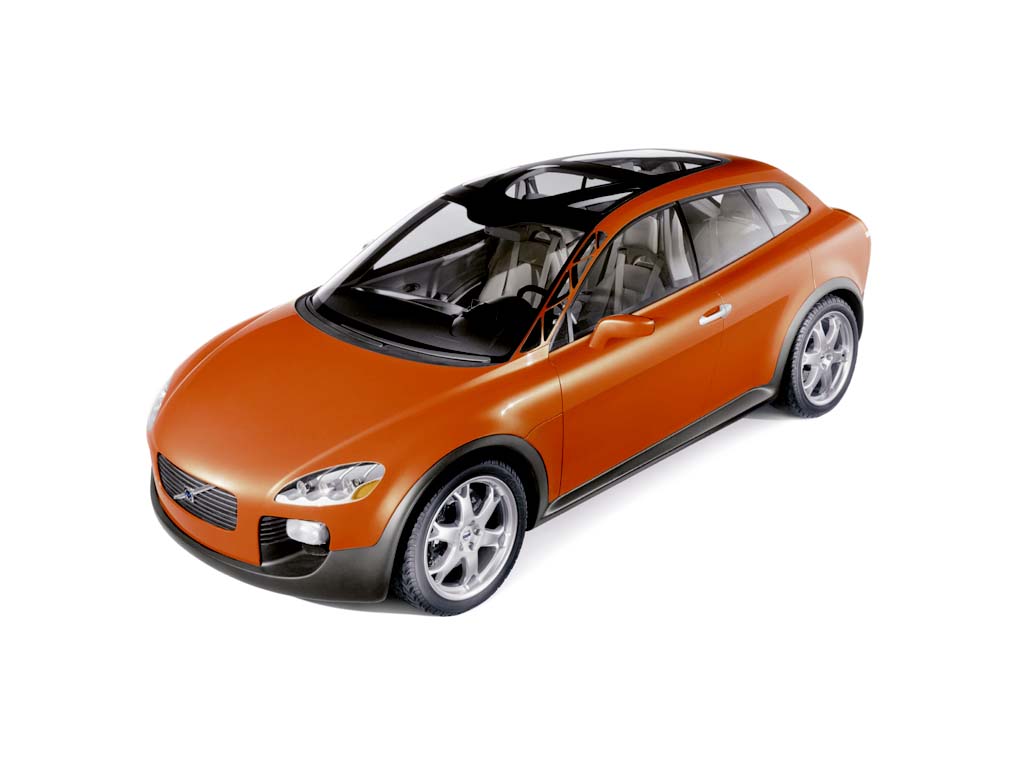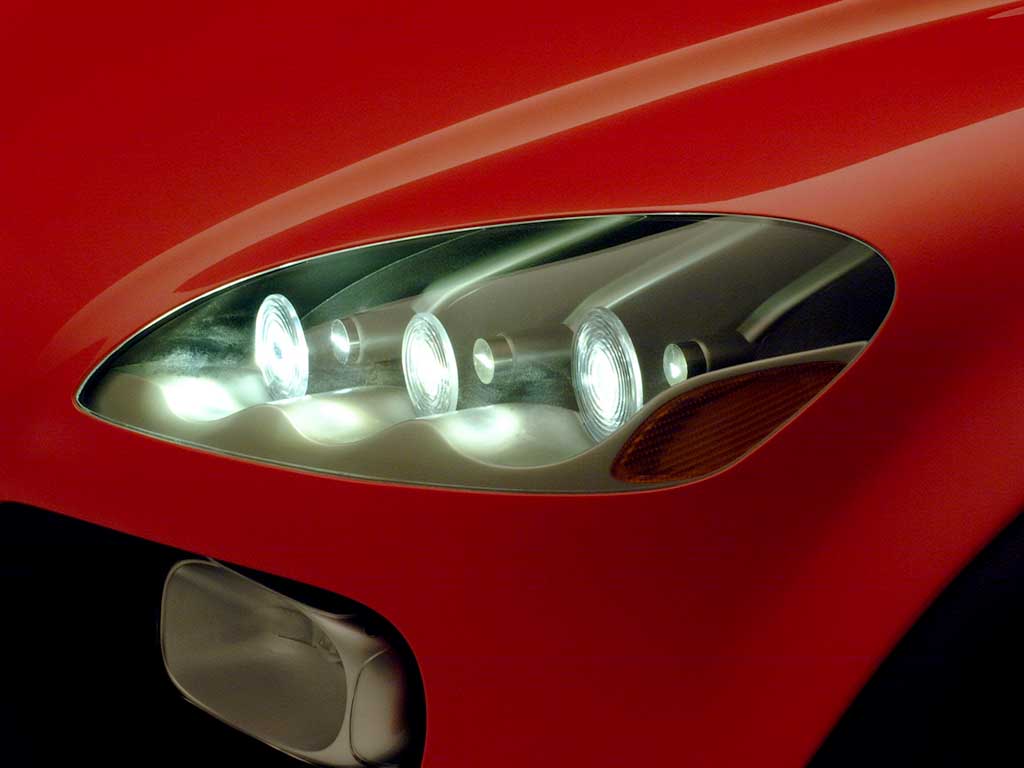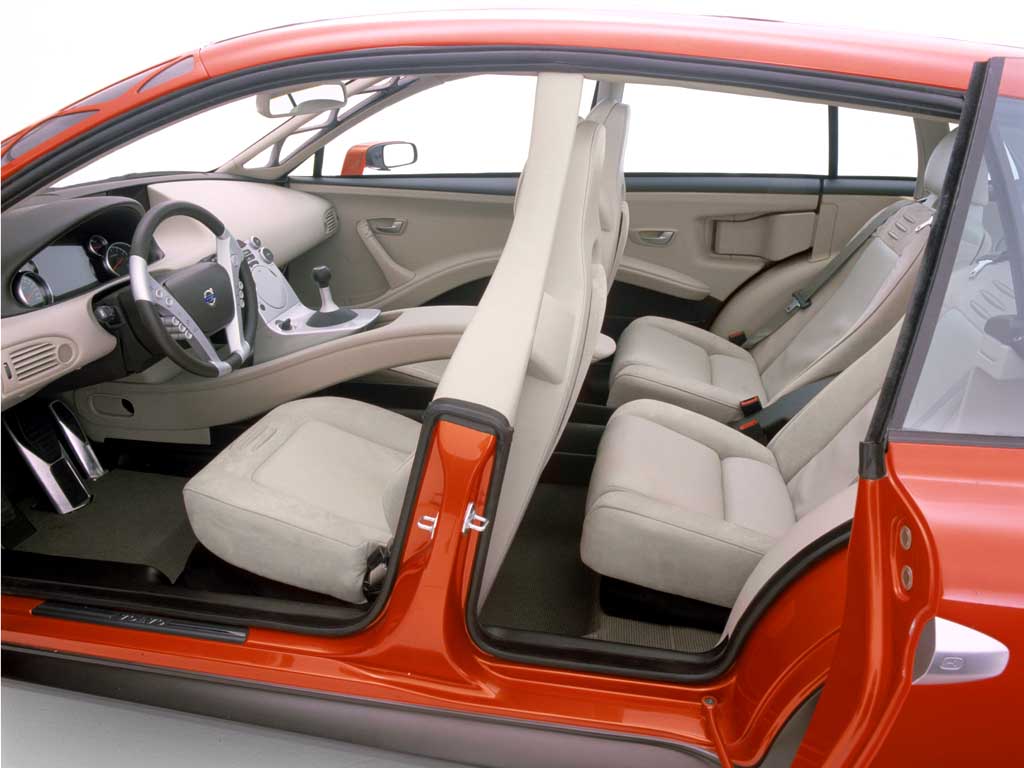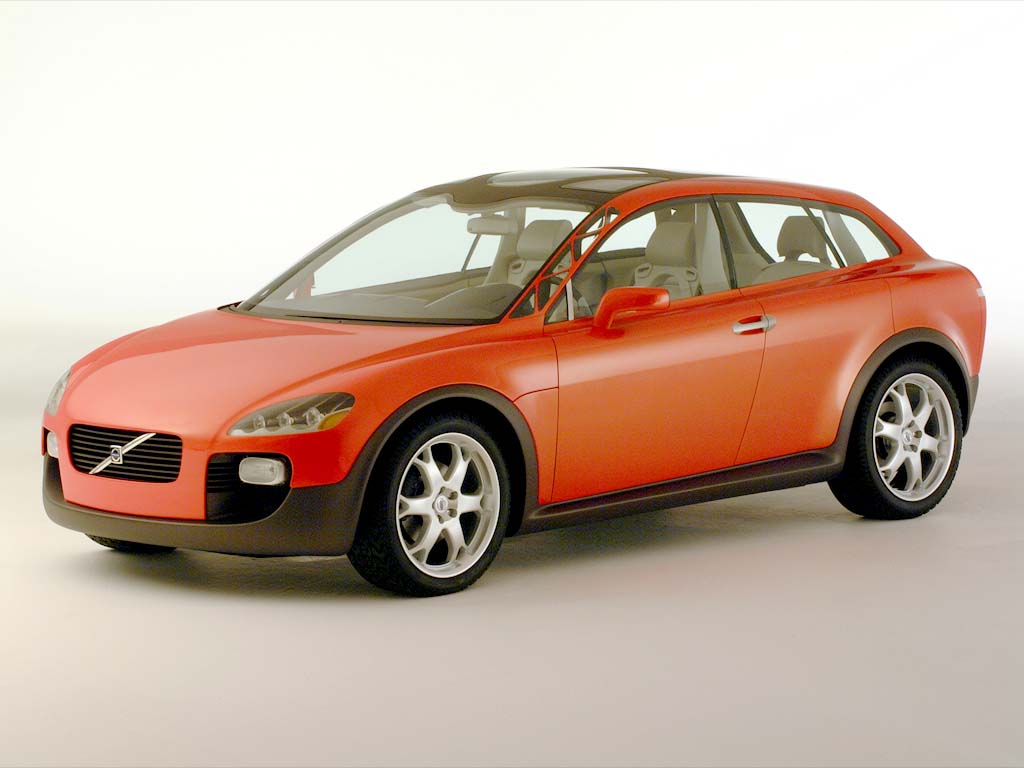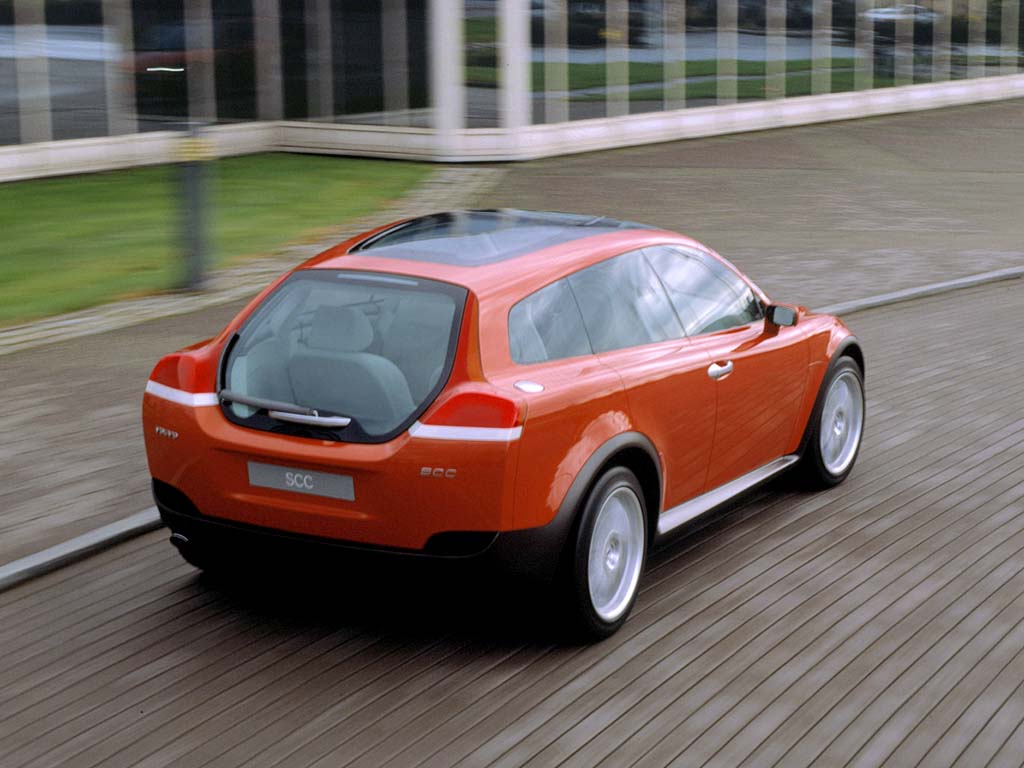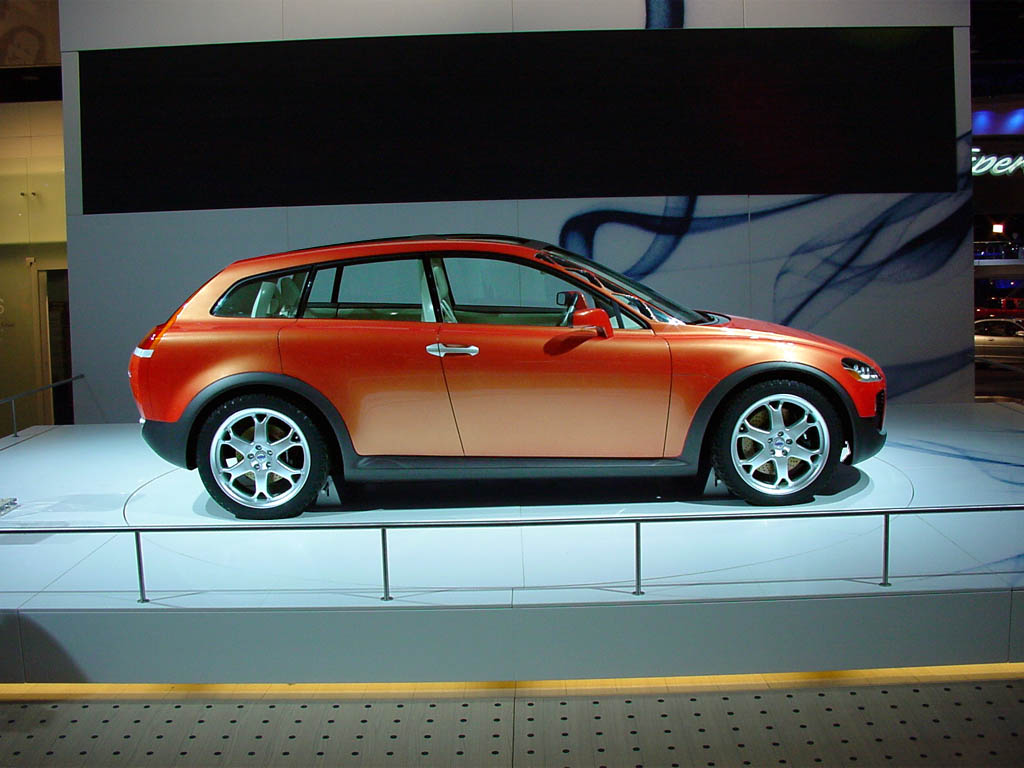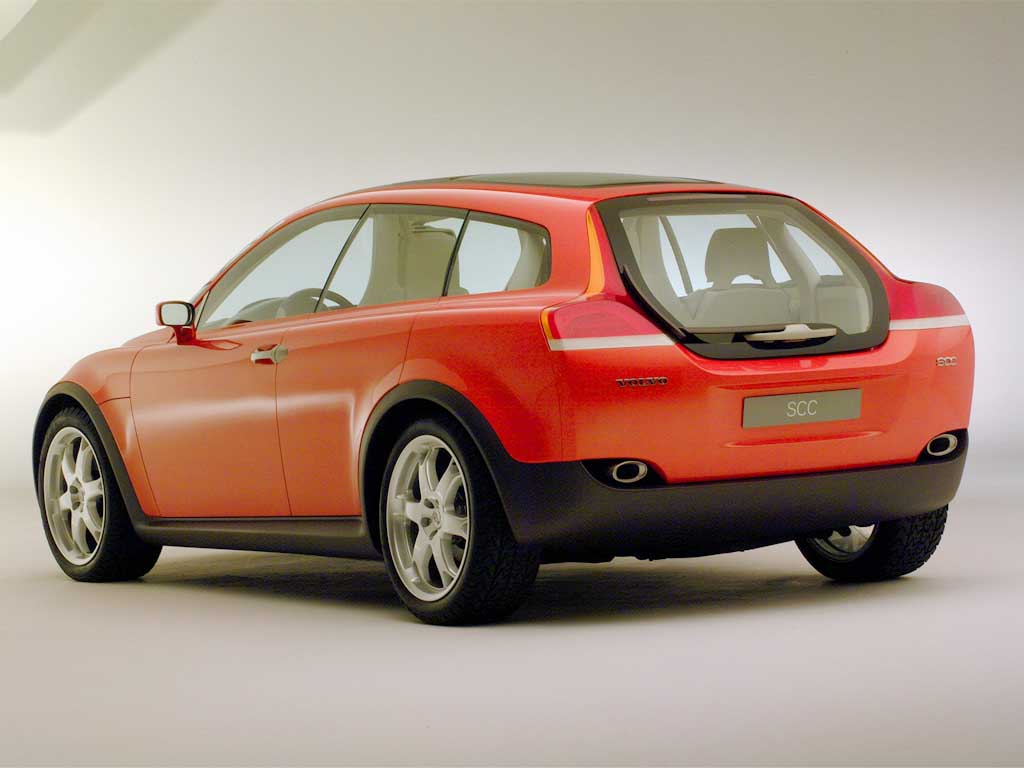2001 Volvo SCC Concept
Safety can be sexy and compact. The Volvo Safety Concept Car, which was given its first showing at the Detroit Motor Show in 2001, is the perfect illustration of this philosophy.
Built for the eye. That is why the forward-thinking Volvo Safety Concept Car is built for the eye. Not merely in terms of aesthetic appearances and lines pleasing to the eye, but rather because the car has been designed around the driver’s eye to ensure better vision and visibility.
When the driver gets into the seat, a sensor identifies the location of his or her eyes. The seat then automatically adjusts to suit the position of the eyes so that the driver obtains the best possible field of vision. Once this is done, the floor, pedals, steering wheel and centre console including the gear lever all move to ensure that all the controls are within convenient reach.
The Volvo SCC has a number of additional functions that improve visibility: -The driver can see through the windscreen’s supporting pillars – the A-posts – owing to a metal box construction combined with see-through Plexiglas. The B-posts – the pillars between the front and rear doors – curve inwards following the contours of the seat frame to offer an unobstructed field of vision to the offset rear. -A radar unit measures the distance to traffic at the rear and to vehicles alongside the car, and alerts the driver to vehicles in the offset rear blind spot. In addition, rearward-facing cameras integrated into the door mirrors can show the driver what is in the blind spot. -The headlight beams adapt to the road, for example by directing the beam in the direction that the driver is turning at a crossroads or in a curve. -An infrared light enhancer boosts nighttime vision beyond the reach of the headlights. -A forward-facing camera monitors the position of the car on the road and alerts the driver if there is any tendency to veer off course. -The brake lights flash to alert following traffic in harsh brake application.



